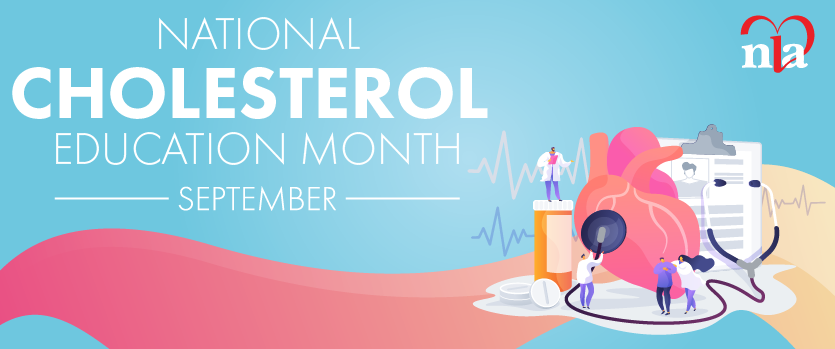Several genetic lipid disorders manifest with physical examination findings in the palms, making it important for lipid specialists to examine the palms of each patient.
A, B: A 23-year-old Honduran woman, a recent immigrant to the United States, was found on her first presentation to our hospital system to have a low-density lipoprotein cholesterol (LDL-C) level of 727 mg/dL (total cholesterol [TC] 783 mg/dL, triglycerides [TG] 76 mg/dL, high-density lipoprotein cholesterol [HDL-C] 41 mg/dL). On examination she was found to have premature arcus senilis, xanthomas bilaterally in the extensor tendons of her hands and Achilles tendons. She also was noted to have a cutaneous xanthoma in the palmar crease of her left hand (figure A) and intertriginous cutaneous xanthomas between her digits (figure B). She was initiated on statin and ezetimibe with minimal lowering of LDL-C, so LDL-apheresis was started once a week. Her LDL-C decreased to ~200’s mg/dL preapheresis and, over the course of one year, the xanthomas regressed. Genetic testing found her to have large homozygous deletions encompassing several exons of the LDL-receptor gene, confirming a diagnosis of homozygous familial hypercholesterolemia.
C, D: A 35-year-old Caucasian man initially was referred for hyperlipidemia (TC 212 mg/dL, HDL-C 28 mg/dL, TG 633 mg/dL on rosuvastatin 20 mg daily, omega-3 fatty acids 2 g twice daily, and ezetimibe 10 mg daily). Eight months later he was found to have TC 604 mg/dL, HDL-C 33 mg/dL and TG 1098 mg/dL. On physical exam, he was noted to have new findings of yellow palmar creases bilaterally (figure C) and small 1 mm nodules in his right hand (figure D). He had similar small 1 mm nodules on the extensor surfaces of his elbows bilaterally. He was started on gemfibrozil 600 mg twice daily and rosuvastatin was discontinued to avoid the increased myopathy risk from concomitant use of a statin and gemfibrozil. Apolipoprotein E genotyping was ordered, and his genotype was found to be E2/E2, confirming a diagnosis of dysbetalipoproteinemia (type 3 hyperlipoproteinemia).
.jpg)
Disclosure statement: Dr. Ahmad has received honoraria from AAkcea for speaking and consulting; honoraria from Amgen for speaking; and honoraria from Sanofi for speaking and consulting. Dr. Garg has received honorarium from Aegerion Pharmaceuticals, Venture Point, Axon Consulting, Deerfield Consulting, Cadence Consulting, Regeneron Pharmaceuticals, and Intarcia Therapeutics for consulting. He has also received honorarium from Ionis Pharmaceuticals, Aegerion Pharmaceuticals, and Quitiles/Measure for research.
References available here.






.jpg)
.png)












